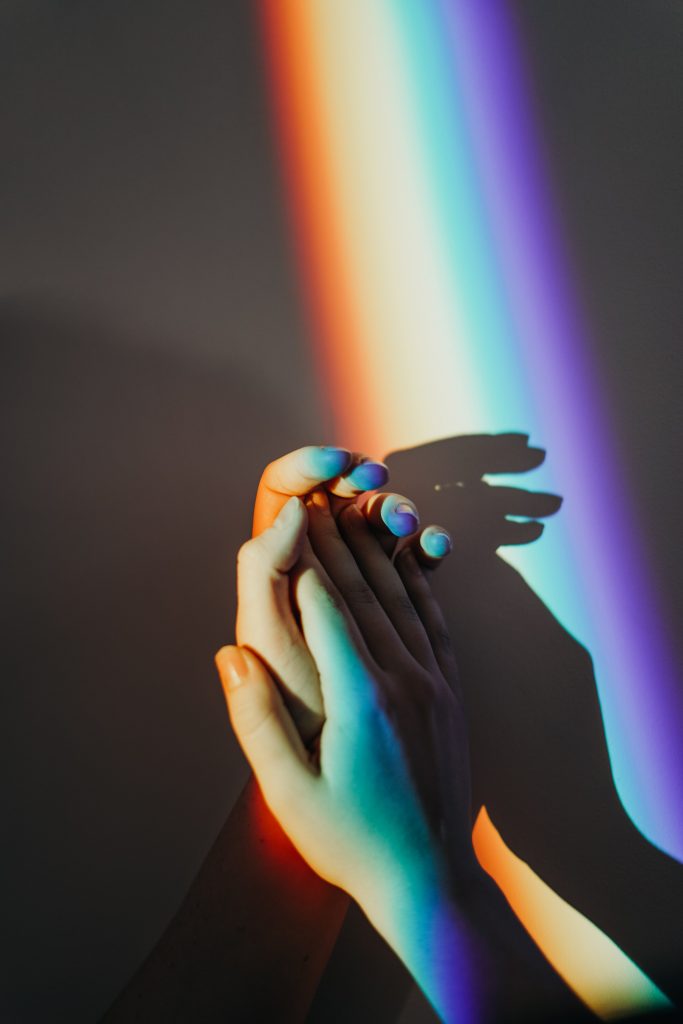Why representation matters
In recent years, younger generations have developed a strong yearning for authenticity and connection, a human touch that connects them (Gen Z) to the brands they follow and content they consume, and this means brands need to align their actions to meet those expectations and interests.
These generations, Gen-Z and Zillennials mostly, are specially focused on some particular points we have developed in our study The Savvy Consumer, such as the interest for the planet and the conscious consumption, their knowledge of technology and the easy access to information and, of course, they huge care about inclusivity and transparency.
For this matter, LGTBQ+ openness is a must, but even beyond that, it need to be coherent and empathetic. From building trust to embracing diversity, the impact of representation extends beyond social media, encompassing various aspects of consumer behaviour. As society moves forward, it is crucial that brands support and authentically represent the LGBTQ+ community, not just during Pride Month, but consistently throughout the year.
Understand the need for human contact
1 in 5 GenZers identify as part of the LGBTQ+ community, representing a significant portion of the younger generation. This diverse demographic seeks brands that truly support and value their identities, creating a strong desire for representation and inclusion. In fact, consumers are 2 times more likely to buy or use a brand that supports the LGBTQ+ community, according to a survey conducted by GLAAD.
As we have learned in previous studies, Z people value brands that demonstrate genuine support, embody trust, consistency, authenticity and adaptability. A study by Kantar Millward Brown found that ads that include diverse and inclusive representations generate 25% higher levels of engagement than those that do not. This highlights the significant impact of inclusive advertising on consumer behaviour. They are looking for trust, consistency, realism and adaptability in the brands they support, and LGBTQ+ representation and support plays a crucial role in meeting these expectations.
This goes far beyond just the queer community; in fact, the general acceptance of non-gender-identifying items is a huge characteristic of Gen-Z and Zillennials. Our study The New ConZumer Journey indicates that 58% of them have purchased a fashion item outside of their gender identity, demonstrating that inclusivity and diversity in advertising not only resonates with the LGBTQ+ community, but also fosters empathy and understanding among those outside the community. Brands that authentically represent diversity are more likely to connect with a wider range of consumers, hence increasing the lifetime of the connection with them.
When we talk about representation and support it’s a lot more deep that just making an ad or changing a profile picture, Gen Z actually need human touch. According to research conducted by Google, 70% of non-LGBTQ+ people want companies to show public support by incorporating LGBTQ+ representation in their hiring, advertising, and sponsorships, because there is where a brand can change the game for the queer community.
Human touch to promote loyalty
Consumers, both within and outside the LGBTQ+ community, prefer brands that authentically represent diversity and inclusivity, we need to deconstruct the idea that some products or services have specific and closed audiences, and it’s a matter of values and interests what would make them go to your brand and stick with it.
A survey by Google reveals that 56% of LGBTQ+ consumers are more likely to purchase from brands that authentically represent their community. This demonstrates that it is essential for brands to consistently showcase their commitment to diversity throughout the year, avoiding tokenism and disingenuous attempts to appear as allies. And here we circle back to where a brand can make a change: sometimes you don’t need the video ad, sometimes you need to dedicate a fund to organisations, or make a bold social statement to defend the community; even if it doesn’t go directly to marketing, the users will find out and cherish the support.
Consumers, especially the younger generations, are becoming more discerning in their expectations of brands when it comes to social causes and moral values. According to Nielsen’s survey, outside of Pride Month, only 1% of ads included LGBT characters or topics. This indicates a significant gap between consumer demands for authentic LGBTQ+ representation and the current state of advertising, showing the big space there is still left to fill.

